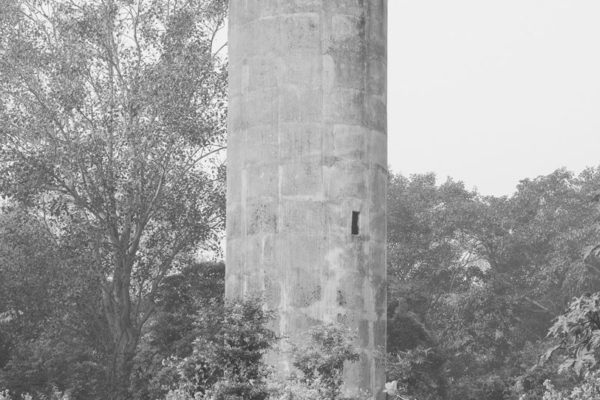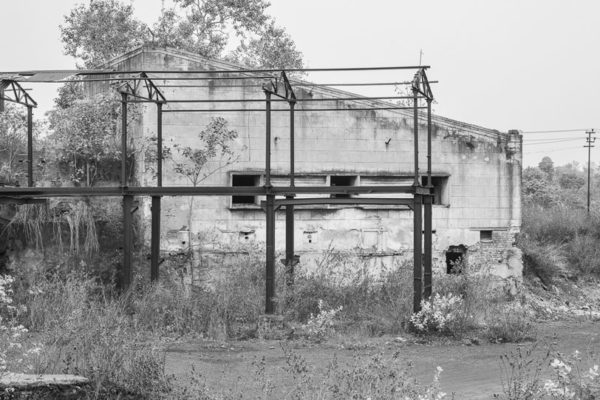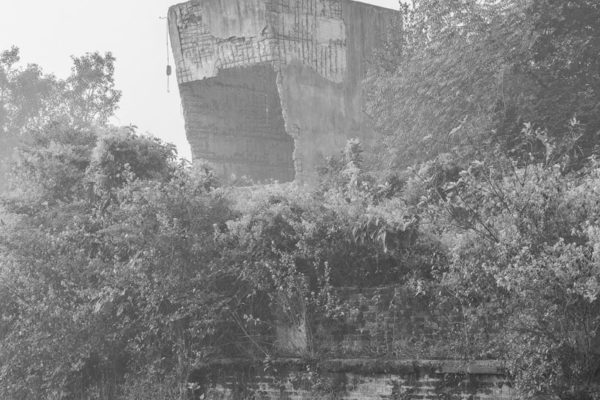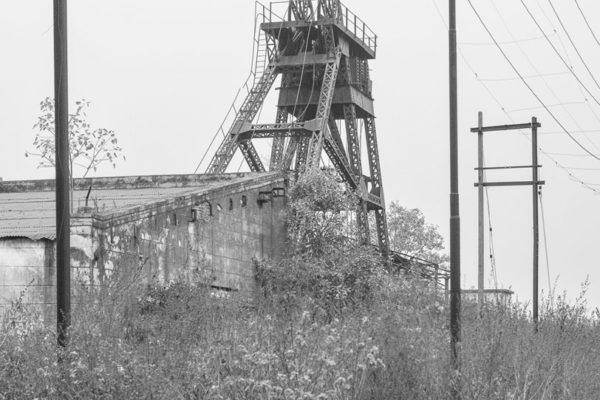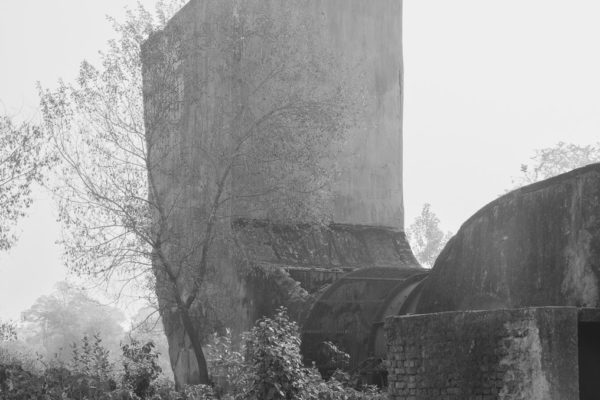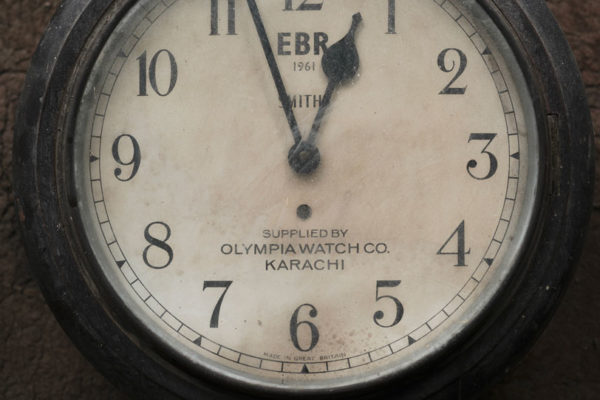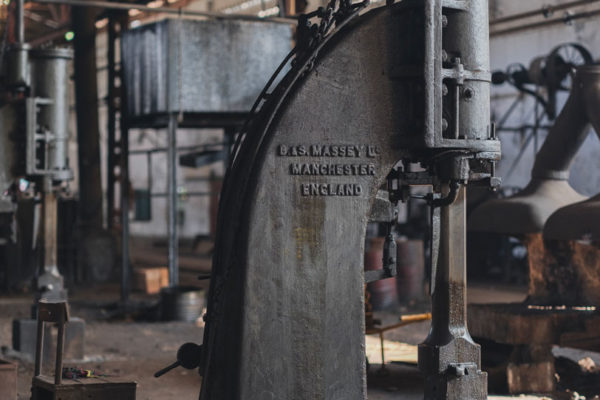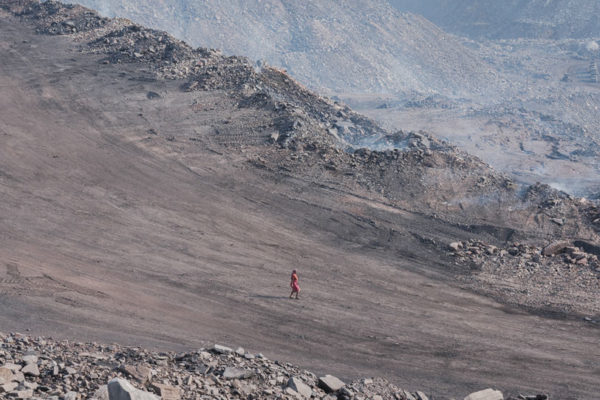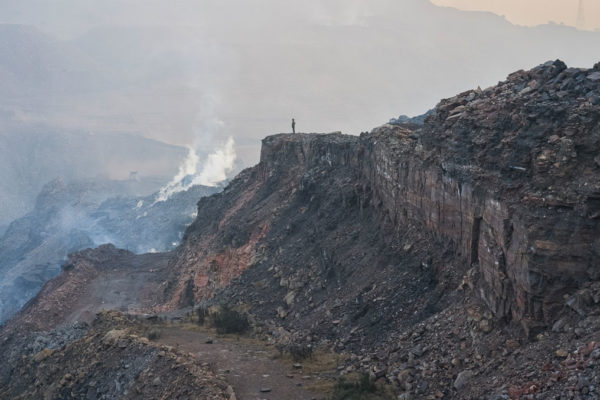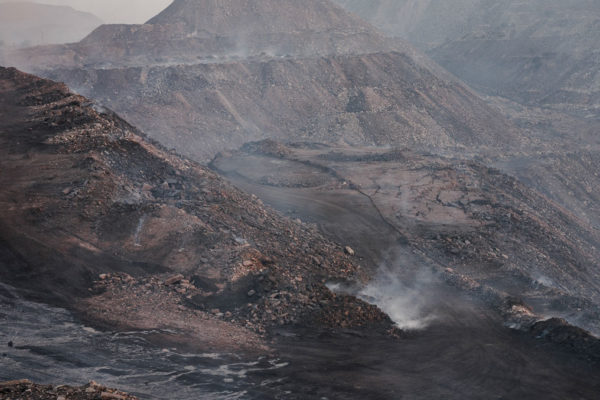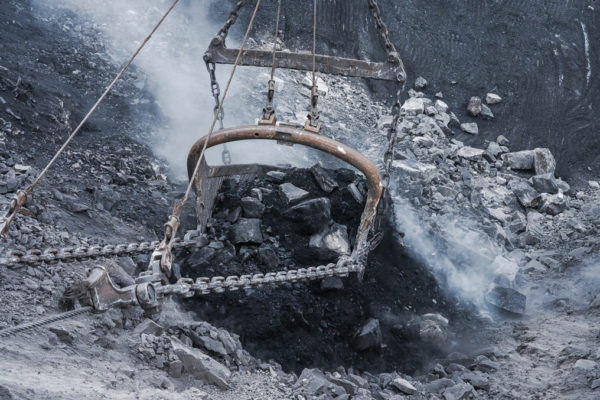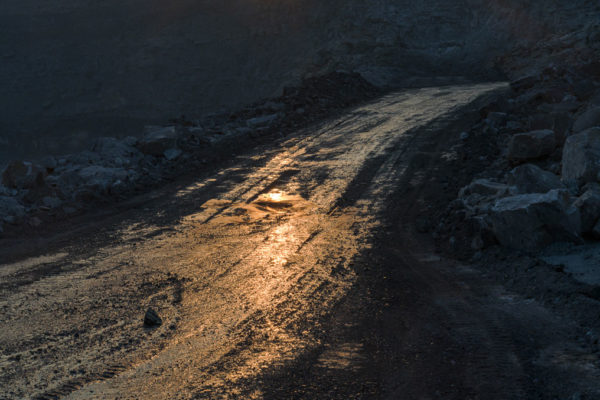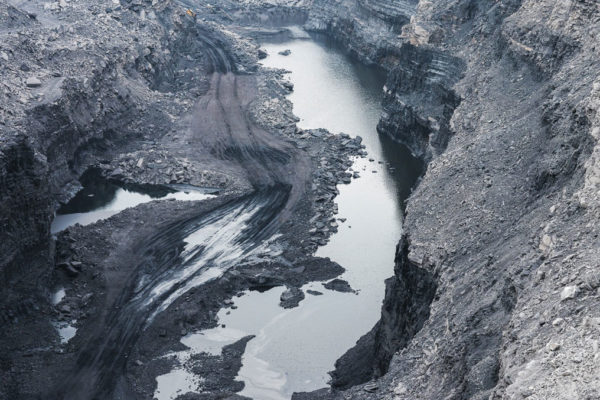Abstract of the accomplished photographic work
In “Awngar,” Sarker Protick examines the profound human-made changes on the Indian subcontinent, focusing on Bengal, now spanning India and Bangladesh. He links the colonial history of the British Empire to a photographic investigation of the present, starting with the expansion of railway lines and coal mining since the 19th century. Protick’s minimalist visual language depicts dystopian coalfields, abandoned railway tracks, and ruins of late capitalism. Train tracks symbolise infrastructure from before Bengal’s partition in 1947 and highlight the colonial role of India’s coal mining. Time is central, visible in coal formation, landscape loss, decaying buildings, and classical aesthetic. Drawing on colonial survey images and references like New Topographics, Protick explores colonial traces in the present. In Bengali, “Awngar” refers to coal’s potential for spontaneous combustion, symbolising its eternal presence beneath the earth.
Description of the project you intend to pursue through the Prize
The first railway system globally was established in 1825. Within 40 years, the British formed the Eastern Bengal Railway (EBR) to expand their Indian empire via rail. This system spurred significant trade growth, with primary goods like jute and tea complemented by indigo, ganja, sugar, tobacco, coal, cotton, silk, kerosene, rice, wheat, salt, and lentils. Although most trade profits were directed to the metropole and company, the railway improved the financial and political standing of colonial subjects along its routes. The proposed project, Iron Path, aims to examine the EBR’s impact on pre-partition Bengal (1862-1947) through a literature review, interviews, and case studies of railway sites. Primary sources include Dr. Dinak Sohani Kabir’s dissertation and Sunil Gangopadhyay’s novel. The book will use archival materials, historical maps, photographs, and survey data from Jamalpur, Lalmonirhat, Sayedpur, Shantahar, Pakshi, Sylhet, and Chittagong.

